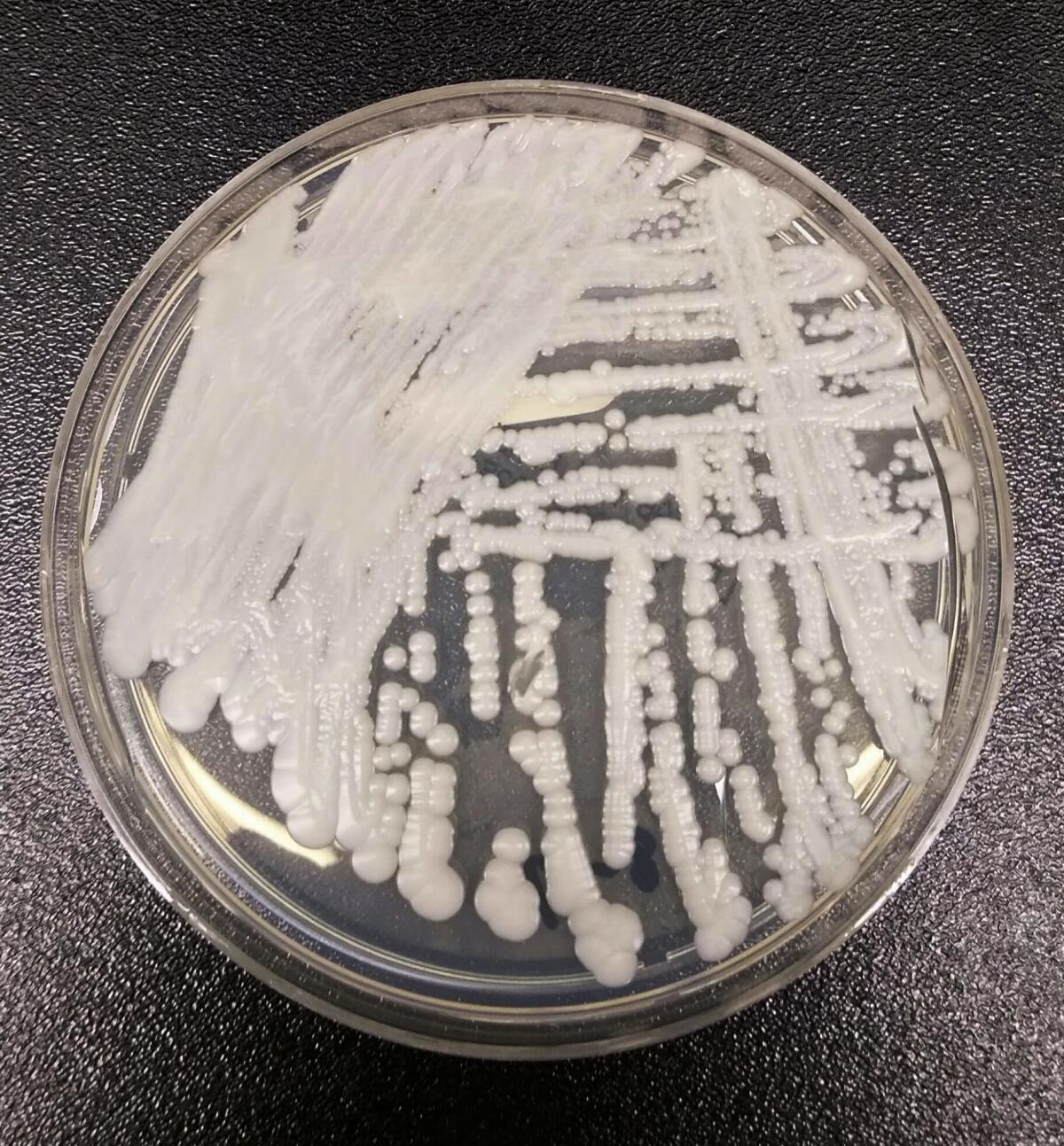Potentially deadly fungus spreading rapidly across California, CDC says

- Share via
A potentially deadly, drug-resistant fungus is spreading rapidly across the United States, with California seeing the second-most cases of any state in the last year, according to the Centers for Disease Control and Prevention.
The CDC announced Monday that the fungus — called Candida auris or C. auris — has been spreading faster and faster since it was first detected in 2016, and the COVID-19 pandemic likely has played a role. The agency said the fungus is an “urgent threat” due to its resistance to echinocandins, an antifungal medicine used to treat it.
“The rapid rise and geographic spread of cases is concerning and emphasizes the need for continued surveillance, expanded lab capacity, quicker diagnostic tests, and adherence to proven infection prevention and control,” said CDC epidemiologist Dr. Meghan Lyman, lead author of a recently published paper in the Annals of Internal Medicine.
In order to move through a world where the coronavirus is endemic, we need a reliable way to assess our individual level of immunity. Here’s how we can.
In the last 12 months, California has seen 359 clinical cases of the fungus, second only to neighboring Nevada, which had 384 cases, according to the CDC. New York has seen the most cases of the fungus since it was discovered in 2016.
C. auris has been detected in more than half the states.
While the CDC said that C. auris is generally not a threat to healthy people, it “can cause severe infections with high death rates.”
It mostly spreads inside healthcare facilities that have poor infection control and prevention strategies, the CDC said.
Deaths of pregnant women surged by 40% during the pandemic, according to new federal data. California has been a leader in reducing maternal mortality.
Since the fungus was discovered, there have been a total of 3,270 clinical cases. Each year the number has gone up.
The CDC noted that one potential reason for increased case counts annually is that more people are being screened for C. auris than in the past. The fungus may have started spreading faster during the pandemic, when healthcare facilities were strained.
More to Read
Sign up for Essential California
The most important California stories and recommendations in your inbox every morning.
You may occasionally receive promotional content from the Los Angeles Times.













